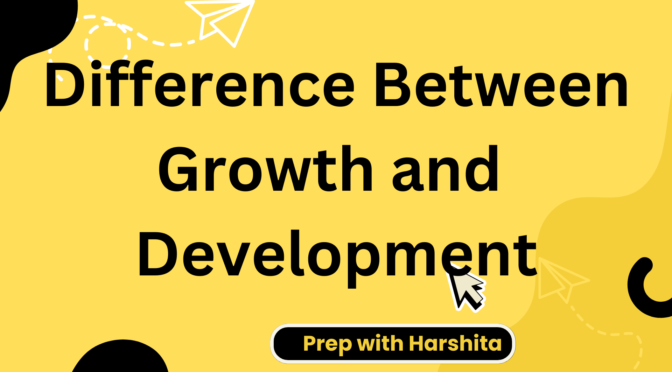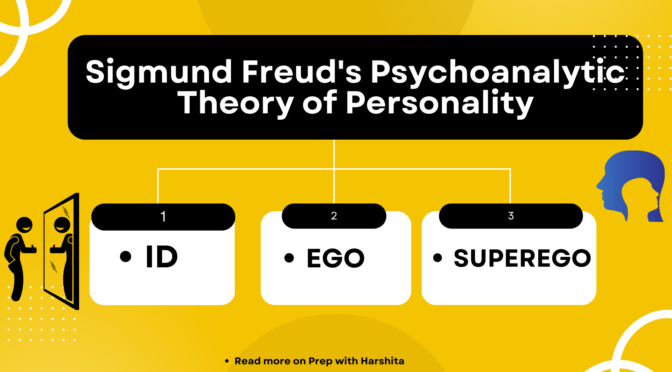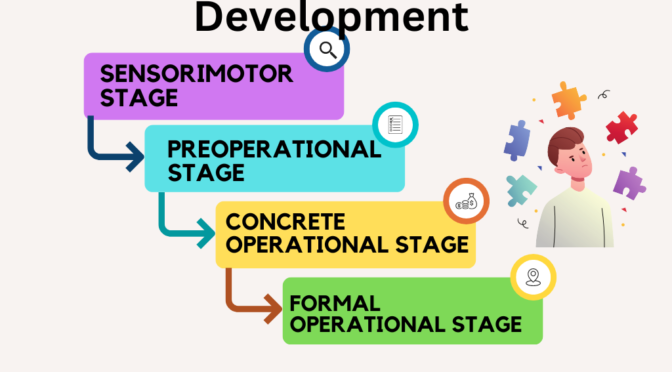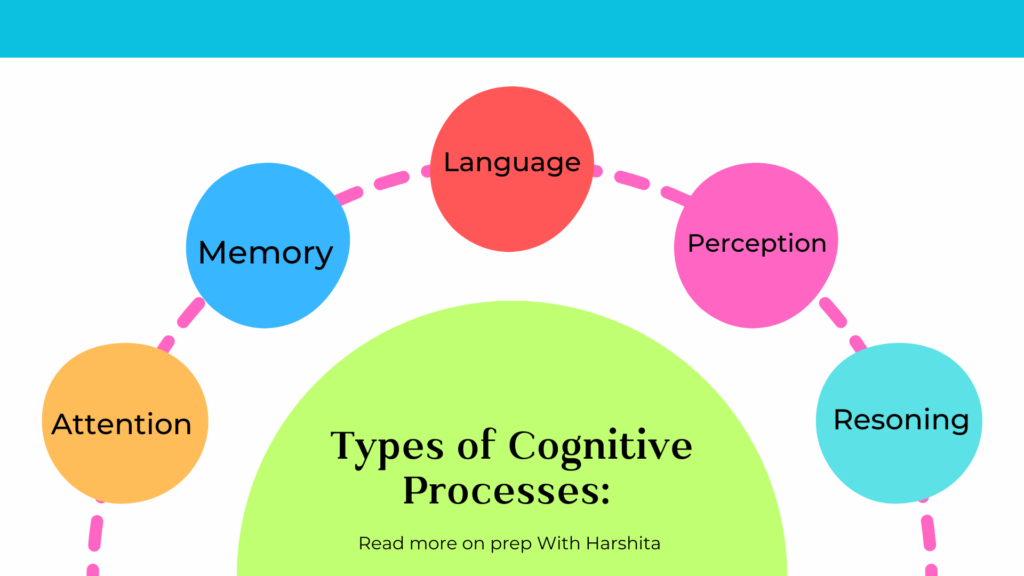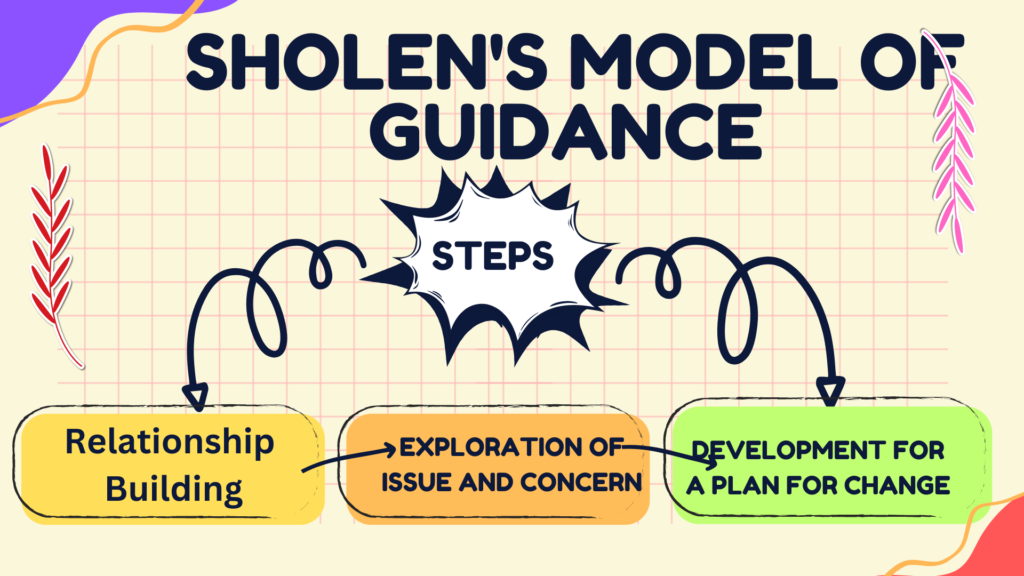Growth and development are two distinct concepts that describe different aspects of an organism’s life cycle. Although they are related, it is important to understand the differences between both.
Difference between both:
- Growth refers to the physical changes that occur in an organism, such as an increase in size, weight, and complexity. Growth is a measurable and observable process that is typically characterized by a predictable pattern, such as the growth curve of a child. Growth can be influenced by a variety of factors, such as genetics, nutrition, and environmental conditions. It can be quantified by measuring parameters such as height, weight, and bone length.
- In contrast, development is a broader concept that encompasses not only physical changes but also cognitive, emotional, and social changes that occur over time. Development is a complex and multi-dimensional process that is influenced by a range of factors, including genetics, environment, and experience. Development can be observed in terms of changes in behavior, language, problem-solving skills, emotional regulation, and social interactions.
One important difference between both is that growth is a more linear and predictable process than development. For example, the height and weight of a child typically increase steadily over time, following a predictable growth curve. In contrast, the cognitive and emotional development of a child is less predictable and can be influenced by a wide range of factors, such as parenting, education, and life experiences.
Another difference is that growth tends to be more limited in scope than development. While growth is primarily concerned with physical changes, development encompasses a wider range of changes that affect an organism’s overall functioning. For example, while growth may lead to an increase in muscle mass, it is the development of fine motor skills that enables a child to tie their shoelaces.
In summary, both are two distinct concepts that describe different aspects of an organism’s life cycle. Growth refers to the physical changes that occur in an organism, while development encompasses a broader range of changes that affect an organism’s overall functioning, including cognitive, emotional, and social changes. While growth is a more linear and predictable process, development is a complex and multi-dimensional process that can be influenced by a wide range of factors.
Also Read : Piaget Theory of Cognitive Development

Also Visit : Prep with Harshita

